A Partnership Forged in Necessity, Solidified in Strategy
In the intricate and ever-shifting landscape of global geopolitics and trade, few economic stories from the first half of 2025 are as compelling as the burgeoning partnership between Iran and Russia. Official figures recently confirmed a remarkable ۱۱% increase in bilateral trade volume between the two nations, a testament to a deepening strategic alignment. While this growth spans multiple sectors, from agriculture to petrochemicals, a closer look reveals a standout performer quietly cementing its dominance: the Iranian ceramic industry. This isn’t merely a story about tiles and sanitary ware crossing borders; it’s a narrative about strategic repositioning, infrastructural marvels, and a nation leveraging its ancient heritage to meet modern market demands.
As Western sanctions reconfigured traditional supply chains, Russia’s vast construction and renovation market found itself with a significant void once filled by European giants from Italy and Spain. Into this gap stepped Iran, a country with not only a rich, millennial-long history in ceramic arts but also a modern, technologically advanced, and resource-rich industrial base. The surge in Iranian ceramic exports to Russia is more than a simple trade statistic; it’s a case study in economic opportunism, logistical innovation, and the tangible impact of grand-scale projects like the International North-South Transport Corridor (INSTC). This article provides a comprehensive deep dive into this phenomenon. We will dissect the macroeconomic drivers behind the 11% trade surge, explore the unique strengths of Iran’s ceramic sector, analyze the logistical revolutions making it possible, navigate the persistent challenges, and project the future trajectory of this powerful economic axis.
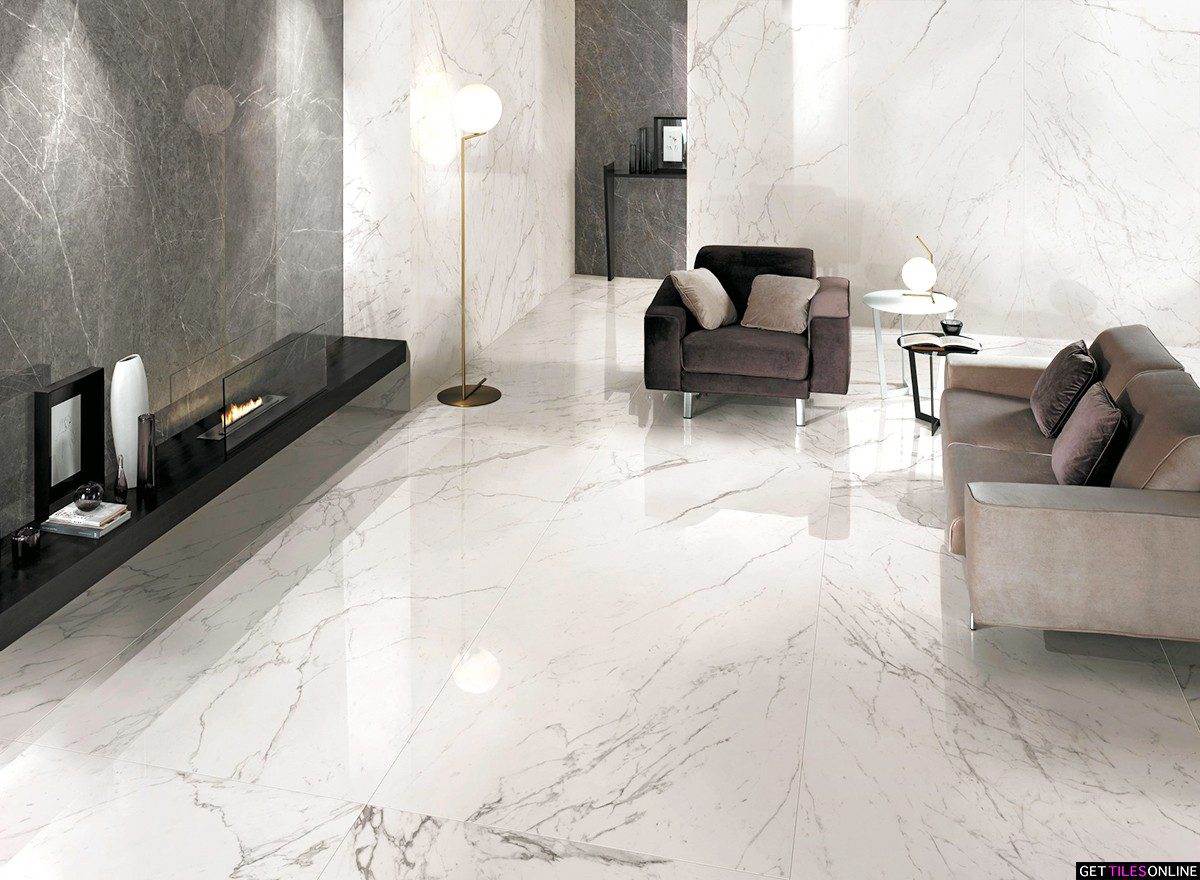
The Bigger Picture: Deconstructing the 11% Surge in Iran-Russia Trade
The impressive double-digit growth in trade between Tehran and Moscow is not an overnight success but the culmination of years of deliberate policy, driven by a convergence of economic and geopolitical interests. Both nations, facing significant economic pressure from the West, have accelerated their “Pivot to the East,” seeking to build resilient, sanction-proof economic ecosystems with like-minded partners.
۱. Geopolitical Alignment as an Economic Catalyst: The primary driver is a shared strategic outlook. Faced with comprehensive sanctions regimes, both Iran and Russia have been compelled to de-dollarize their trade and build alternative financial and logistical networks. This shared challenge has fostered an environment of unprecedented cooperation. Agreements to trade in national currencies (Rial and Ruble) or through complex barter systems have become more streamlined, reducing reliance on the SWIFT banking system and mitigating the risk of external financial interference. This alignment creates a predictable and stable framework for businesses, encouraging long-term investment and trade commitments.
۲. Russia’s Search for New, Reliable Suppliers: The exodus of European companies from the Russian market following the 2022 sanctions created enormous supply gaps across various industries. For the Russian construction sector, which heavily relied on high-quality ceramic tiles, bathroom fixtures, and decorative elements from countries like Italy, Germany, and Spain, this was a critical vulnerability. The Russian government and private sector alike began an aggressive search for new partners who could supply comparable quality at competitive prices without political strings attached. Iran, with its robust manufacturing base and geographical proximity, emerged as a prime candidate.
۳. Iran’s Non-Oil Export Strategy: For decades, Iran’s economy has been striving to reduce its dependency on oil and gas revenues. The country’s leadership has placed immense emphasis on developing its non-oil export sectors, with manufacturing, mining, and agriculture at the forefront. The ceramics industry, in particular, has been identified as a sector with massive growth potential due to abundant domestic raw materials and low energy costs. The opening of the vast Russian market provided the perfect opportunity to scale up production and prove its capabilities on an international stage, turning a national strategy into a tangible, profitable reality.
۴. The Role of the Eurasian Economic Union (EAEU): Iran’s Free Trade Agreement (FTA) with the Eurasian Economic Union, of which Russia is the leading member, has been a game-changer. This agreement, which has been progressively implemented, reduces tariffs and simplifies customs procedures for a wide range of goods. For Iranian ceramic manufacturers, this means their products can enter the Russian market more competitively priced than those from non-EAEU countries. This institutional framework has legitimized and streamlined a trade relationship that was previously more ad-hoc.
The Crown Jewel: Why Iran’s Ceramic Industry Became the Star Performer
While agricultural products and petrochemicals also contribute significantly to the trade volume, the ceramics sector’s growth has been explosive. This success is built on a foundation of unique competitive advantages that make Iranian ceramics particularly attractive to the Russian market.
۱. A Rich Legacy Meets Modern Technology: Iran is the cradle of some of the world’s most beautiful and intricate tilework, a history stretching back thousands of years. This artistic heritage is embedded in the DNA of the modern industry. However, this is not just an artisanal enterprise. Over the past two decades, Iranian manufacturers have invested heavily in state-of-the-art technology, primarily from Italy (the global leader in ceramic machinery). This has created a powerful synergy: Persian design sensibilities and a deep understanding of materials combined with the precision, efficiency, and scale of modern European manufacturing technology. The result is a product that is both aesthetically appealing and technically superior.
۲. Unbeatable Cost Structure: Iran possesses a near-perfect trifecta of resources for ceramic production:
- Abundant Raw Materials: The country sits on vast reserves of high-quality clay, kaolin, feldspar, and other essential minerals. This minimizes import dependency and keeps raw material costs exceptionally low.
- Low Energy Costs: The firing of kilns is the most energy-intensive part of ceramic production. With some of the world’s largest natural gas reserves, Iranian factories have access to incredibly cheap energy, giving them a massive competitive edge over European counterparts who face soaring energy prices.
- Skilled and Affordable Labor: A large, well-educated, and technically skilled workforce provides the human capital needed to operate and maintain sophisticated production lines at a competitive wage level.
۳. A Diverse and High-Quality Product Portfolio: The Iranian ceramics industry is not monolithic. It produces a vast range of products catering to different segments of the Russian market:
- Porcelain and Ceramic Tiles: For flooring and walls, available in a massive array of designs, from classic marble-look to contemporary minimalist and intricate Islamic geometric patterns. They meet international standards for durability, water absorption, and resistance.
- Sanitary Ware: This includes toilets, basins, and other bathroom fixtures that offer modern designs and reliable functionality at a fraction of the cost of their former European equivalents.
- Facade and Cladding Tiles: Responding to the needs of Russia’s construction boom, Iranian companies are supplying durable, weather-resistant tiles for building exteriors.
- Decorative and Niche Products: Tapping into their artistic heritage, smaller workshops also produce high-end, hand-finished tiles for luxury projects, offering a unique value proposition.
This combination of quality, cost, and variety has allowed Iranian brands to rapidly gain market share and build a reputation for reliability in Russia.

The Game-Changer: How the INSTC is Revolutionizing Logistics
Arguably the most critical enabler of this trade boom is the activation and expansion of the International North-South Transport Corridor (INSTC). This 7,200-km multi-modal network of ship, rail, and road routes is fundamentally reshaping the flow of goods between Asia and Europe, with Iran and Russia at its core.
What is the INSTC? The INSTC is a strategic alternative to the traditional Suez Canal route. Instead of a long sea voyage through the Mediterranean and the Red Sea, goods can travel from India, Iran, and other parts of Asia northwards to Russia and Europe through a combination of sea and land transport. For Iran-Russia trade, it offers a direct, fast, and cost-effective corridor.
Key Routes and Their Impact:
- The Caspian Sea Route: This is the primary artery for ceramic exports. Goods are transported by truck or rail from manufacturing hubs in central Iran (like Yazd province) to northern ports like Anzali. From there, they are loaded onto ships and cross the Caspian Sea directly to Russian ports like Astrakhan. This route is significantly faster and cheaper than the alternative of shipping goods through the Persian Gulf, around the Arabian Peninsula, and through the Suez Canal.
- The Eastern Rail Corridor: This route runs along Iran’s eastern border, connecting its rail network with those of Turkmenistan and Kazakhstan, which in turn connect directly to the Russian railway system. Recent investments in harmonizing rail gauges and building key missing links, such as the Rasht-Astara railway, are set to make this all-rail route even more efficient.
The Concrete Advantages of the INSTC:
- Reduced Transit Time: The INSTC can cut transit times between Iran and major Russian cities by up to 40% compared to the Suez route. What used to take over a month can now be accomplished in 15-20 days.
- Lower Costs: The shorter distance and reduced reliance on global maritime shipping, with its volatile pricing, can lead to cost savings of as much as 30%. This is a crucial factor for a relatively heavy and bulky commodity like ceramics.
- Enhanced Security and Control: By bypassing global chokepoints and politically sensitive waters, the INSTC offers both countries a more secure and predictable supply chain that is less susceptible to international disputes and disruptions.
Navigating the Obstacles: The Persistent Challenges on the Ground
Despite the optimistic figures and strategic successes, the path is not without its hurdles. Businesses operating in this corridor still face significant challenges that require careful navigation.
۱. Financial and Banking Complexities: This remains the most significant barrier. While government-level agreements for currency swaps exist, the infrastructure for seamless B2B transactions in Rial and Ruble is still developing. Many businesses have to rely on third-country banks in friendly nations or complex barter arrangements, which can add layers of complexity, cost, and delay to transactions. The lack of access to standard trade finance instruments like letters of credit is a major operational headache.
۲. Logistical Bottlenecks and Infrastructure Gaps: While the INSTC is a visionary project, not all of its components are fully modernized. Some Iranian ports on the Caspian Sea require further investment to handle increased cargo volumes efficiently. Customs procedures, while improving, can still be slow and bureaucratic, with a lack of full digital integration between the two countries. Furthermore, road and rail infrastructure in certain parts of the corridor still needs upgrading to handle heavier and more frequent traffic.
۳. Market Entry and Regulatory Hurdles: Entering the Russian market requires a deep understanding of its specific standards and certifications, such as the GOST-R conformity assessment system. Iranian companies must invest in testing and certifying their products to meet these requirements. Furthermore, they face stiff competition not only from established Russian domestic producers but also from other major players like China and Turkey, who are also aggressively targeting the Russian market. Building brand recognition and trust among Russian consumers and distributors is an ongoing effort.
۴. Cultural and Language Barriers: Effective communication is key to any successful business partnership. The language barrier necessitates reliable translators and intermediaries. Understanding Russian business etiquette, negotiation styles, and consumer preferences is crucial for Iranian exporters looking to build lasting relationships rather than just making one-off sales.
The Road Ahead: Future Outlook and Untapped Potential
The 11% growth in the first half of 2025 is likely just the beginning. The trajectory for the Iran-Russia economic corridor points towards deeper integration and wider cooperation.
۱. Sustaining and Expanding the Growth: The key to sustaining this momentum lies in addressing the challenges head-on. Continued investment in the INSTC’s infrastructure, particularly the completion of the Rasht-Astara rail link, will be a top priority. On the financial front, the establishment of joint banks or a shared financial messaging system could dramatically simplify transactions.
۲. Moving Up the Value Chain: The opportunity for Iran is not just to export raw tiles but to move into higher-value products. This could include pre-fabricated bathroom modules, designer architectural ceramics, and joint ventures with Russian construction companies to provide end-to-end tiling and installation solutions. Russian investment in Iranian production facilities could also be a future trend, allowing for the creation of products specifically tailored to Russian tastes and standards.
۳. A Model for Other Sectors: The success of the ceramics industry serves as a powerful blueprint for other Iranian sectors, including automotive parts, pharmaceuticals, textiles, and high-tech goods. The logistical and financial pathways being carved out by ceramic exporters are paving the way for a more diversified and robust trade portfolio.

Conclusion: A Resilient Partnership Taking Shape
The 11% surge in Iran-Russia bilateral trade is far more than a headline number; it is a clear indicator of a fundamental realignment in regional economics. At the heart of this story is the Iranian ceramic sector—a dynamic industry that has masterfully combined its ancient heritage with modern capabilities to seize a golden opportunity. By offering high-quality, cost-effective, and aesthetically diverse products, it has successfully filled a critical void in the Russian market, proving its resilience and global competitiveness.
This success is underpinned by the strategic foresight of both nations, particularly through their joint commitment to developing the International North-South Transport Corridor. The INSTC is not just a trade route; it is the physical manifestation of a sanction-resistant economic bloc in the making. While significant financial and logistical challenges persist, the shared political will and clear economic benefits suggest that these are solvable problems. The journey of Iranian ceramics to Russian homes and buildings is more than just commerce; it’s a tangible symbol of a new economic era being fired in the kilns of Iranian factories and paved along the emerging corridors of a multipolar world.
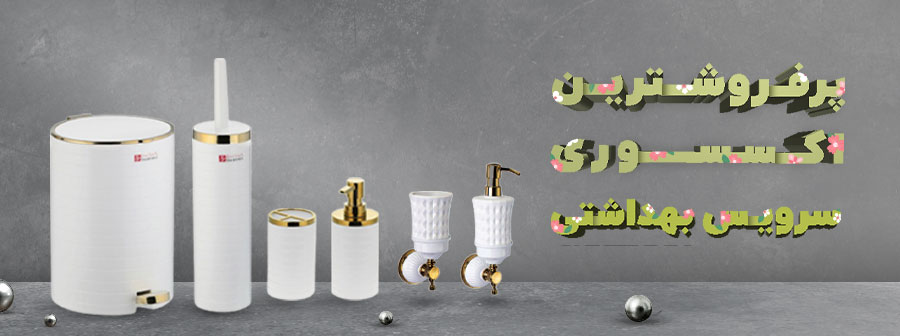
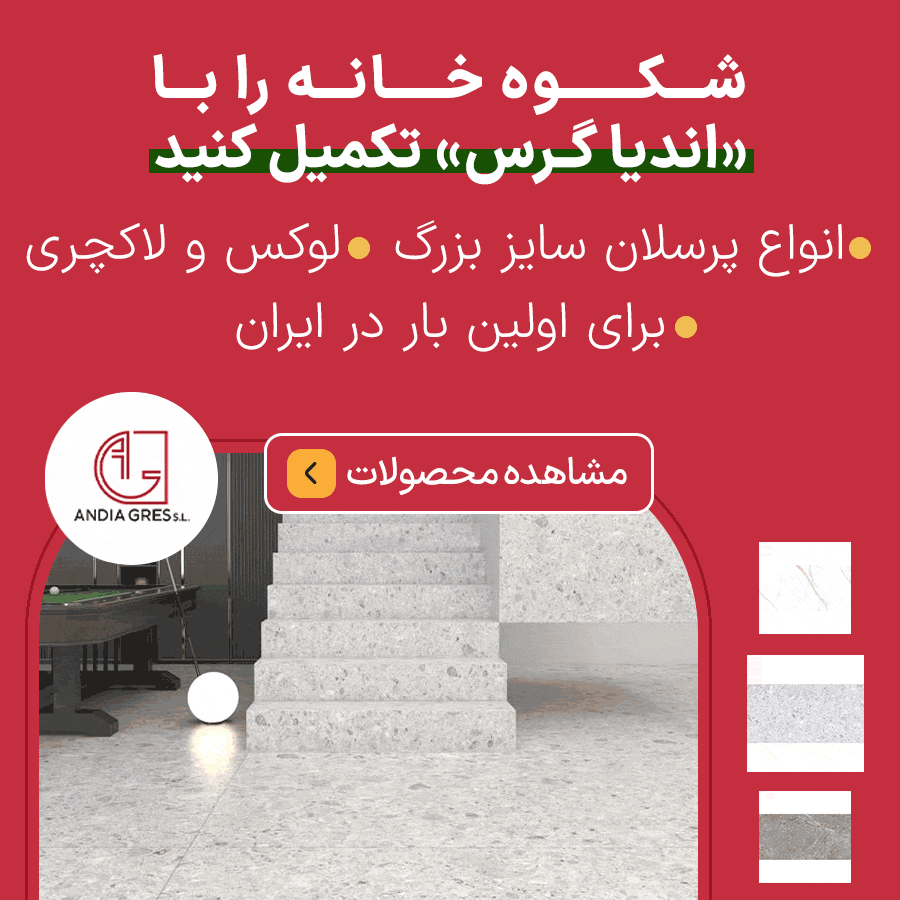
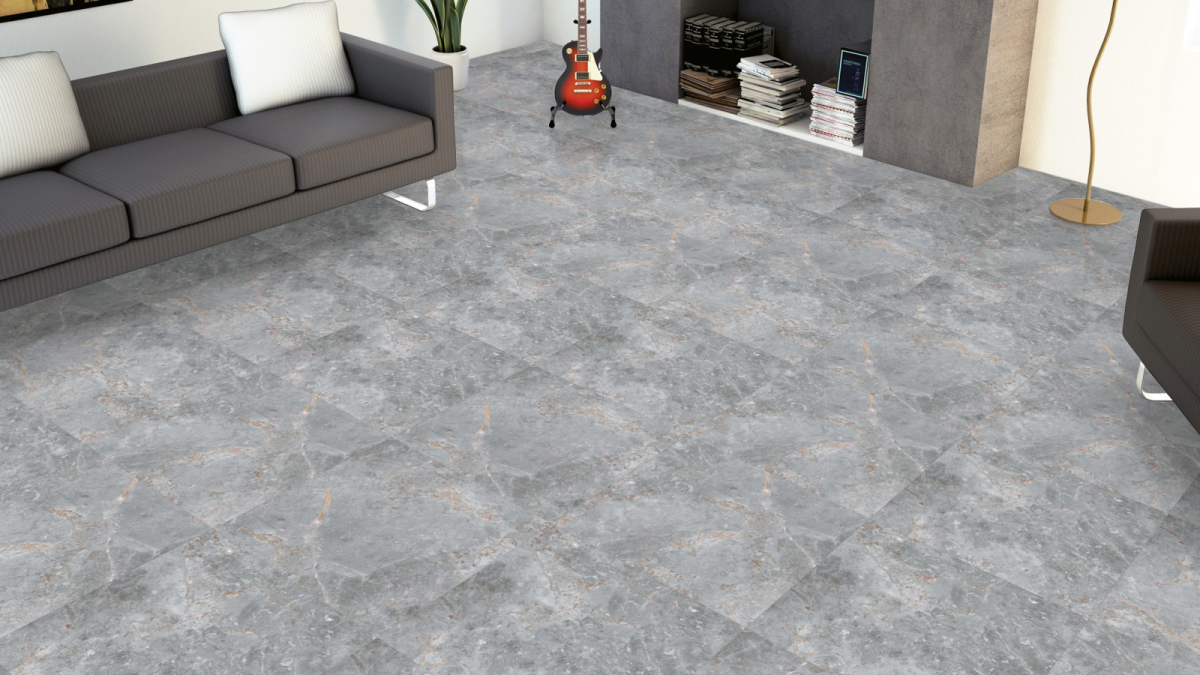

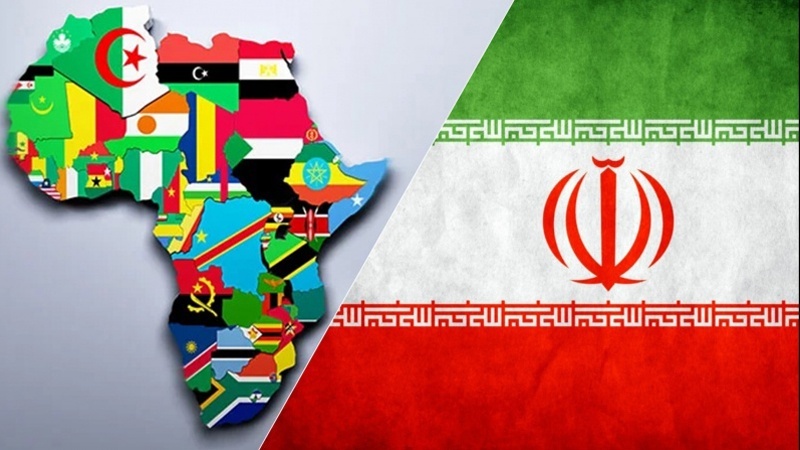
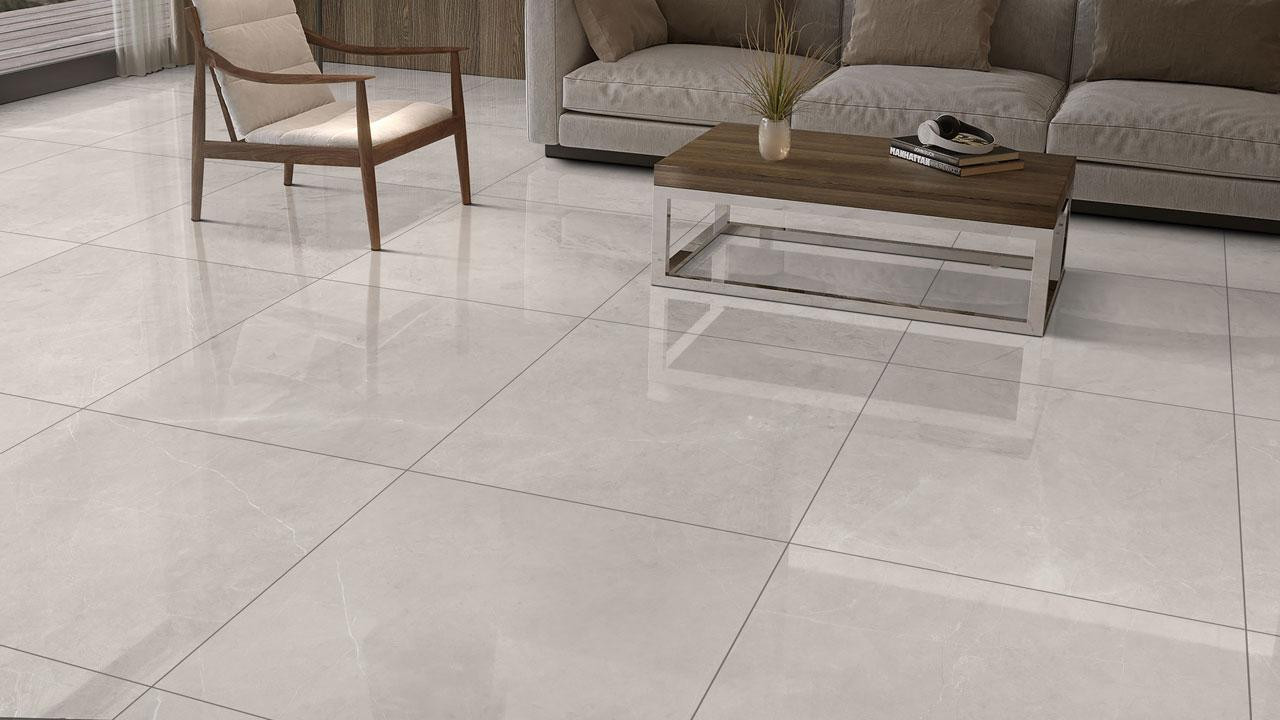
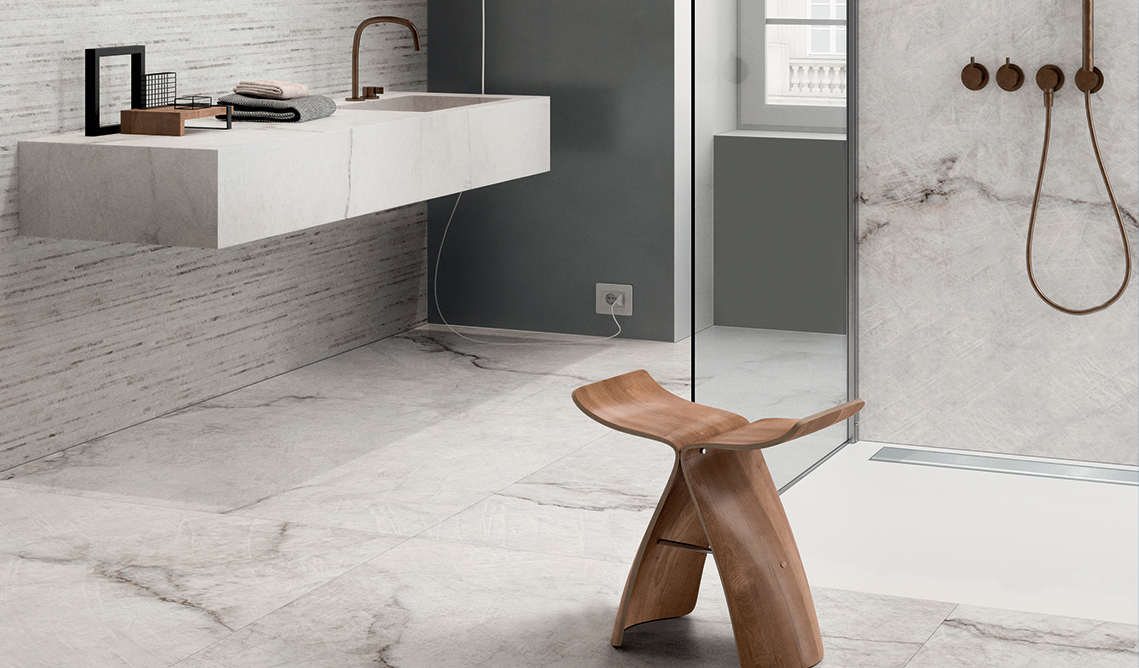

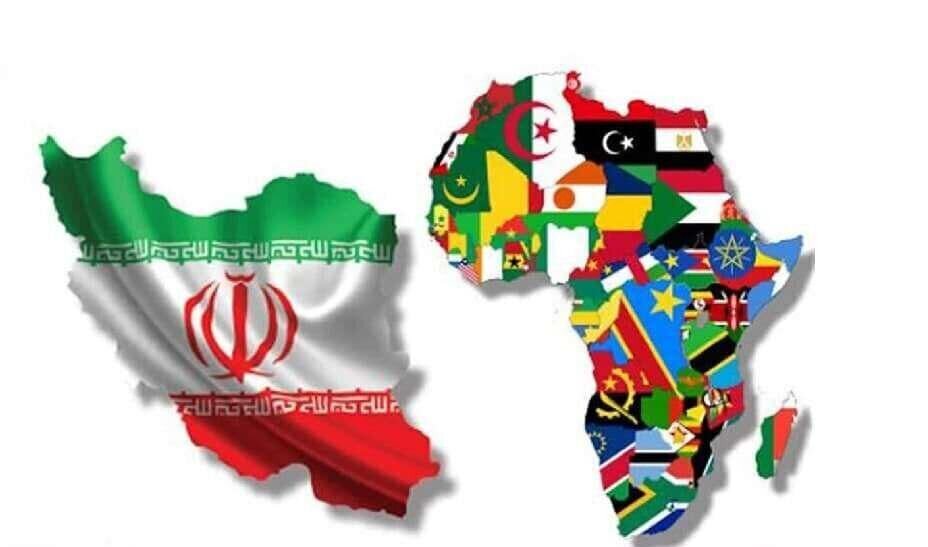

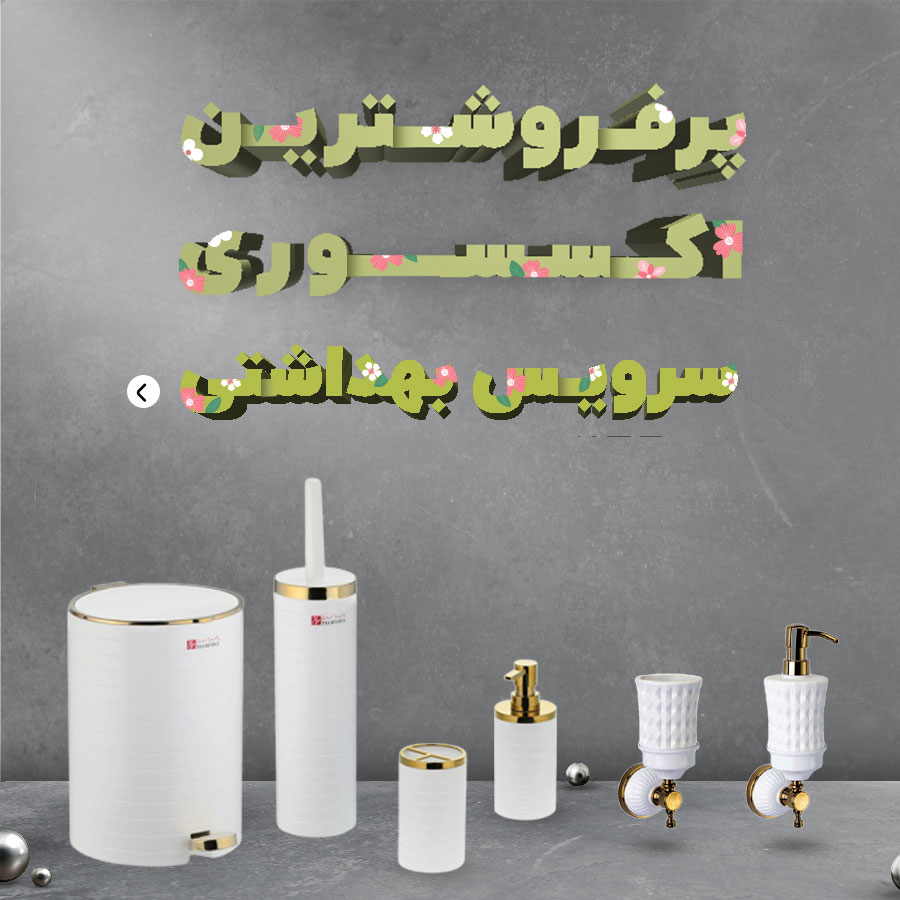

نظرات ۰